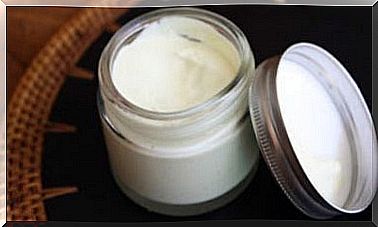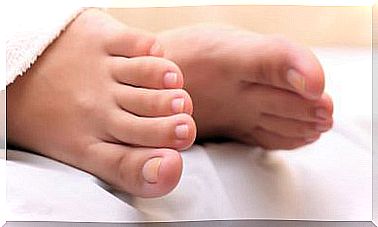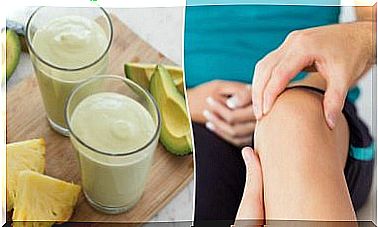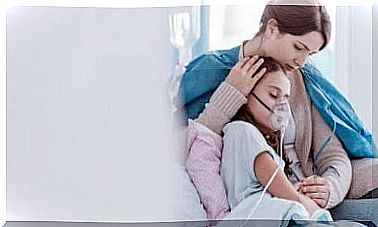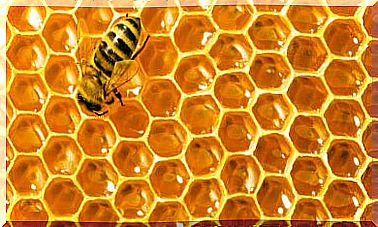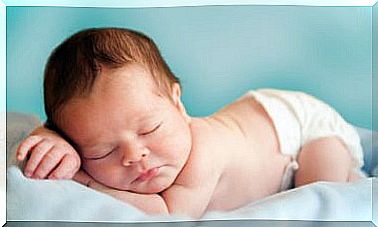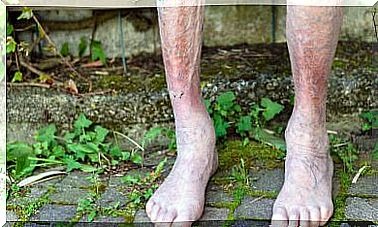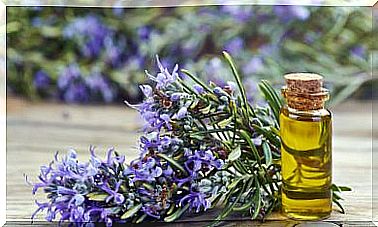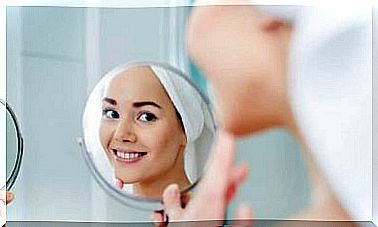6 Things You Should Not Clean With White Vinegar
Much is said about the beneficial effects of white vinegar to make different objects and surfaces in the home look like new. But it is not always recommended. There are certain things that you shouldn’t clean with white vinegar if you don’t want to ruin them. Do you know which ones we mean? We will tell you about it in the following list.
6 things you should not clean with white vinegar
Unlike industrialized chemicals, white vinegar represents a phenomenal natural option to apply in different places around the house. Along with baking soda, lemon and salt, it belongs to the select group of the most versatile homemade ingredients.
What makes white vinegar so effective is its low pH level; this makes it a fairly acidic substance. That can be good in some cases, but risky in others. Here are some things you shouldn’t clean with white vinegar:
1. Wooden floors
While it may work on some surfaces, using white vinegar can also cause irreparable staining or loss of color on the floor.
Therefore, the best precaution you can take to save yourself unnecessary headaches is to purchase products specifically made for these floors.
The same is not the case with wooden furniture. In them, white vinegar, combined with olive oil, can be useful to remove stains and dirt.
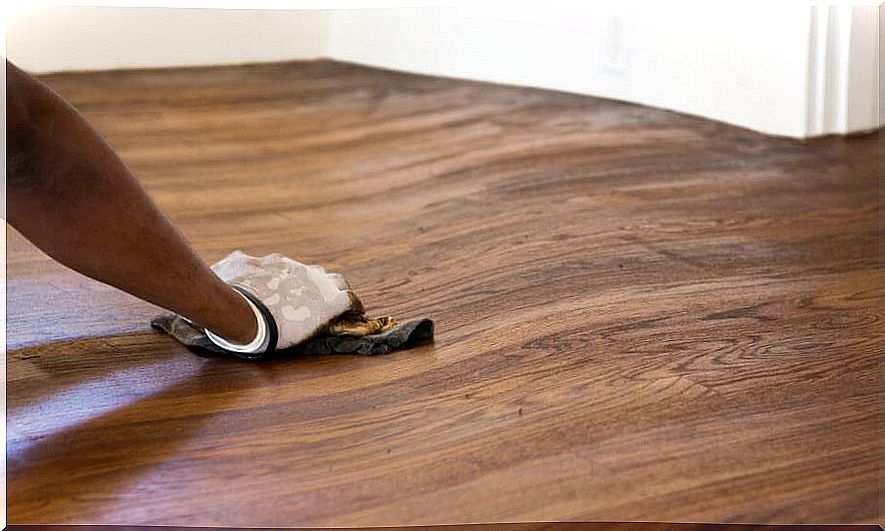
2. Stone surfaces
Natural stone surfaces, such as granite or marble, do not usually react well to acidic substances. Therefore, it is best not to apply white vinegar on the countertops. Don’t use lemon or baking soda either.
With regard to stone floors, the recommendation is the same as for wooden floors : it is better to use specific products.
3. Home appliances and electronic devices
Despite its polishing properties, it is not recommended to use white vinegar to clean televisions or computers. Do not apply it on the microwave, the coffee maker or the iron, much less on touch screens, such as tablets and mobile phones.
In addition to removing its natural shine and wearing down its surface, this substance could alter its internal parts. As a result, you could end up with technical damage caused by spilling vinegar on the components of the appliance.
4. Food stains
Whether it’s on clothes, on the floors, on your car seat, or on the couch, white vinegar won’t be effective in removing food spilled stains. On the contrary, it will make them much more difficult to clean.
5. Chlorine
Whatever your intention, never mix white vinegar with bleach. The fusion of these two elements can be fatal, since together they make up the so-called chlorine gas. It is a very toxic substance that is released in the form of vapor when these elements are combined.
6. Iron pots and pans
These basic kitchen utensils are on the list of things you should not clean with white vinegar for two reasons. The first is that the acetic acid in the vinegar would release the non-stick ; this, as you already know, would greatly limit the functionality of your beloved frying pan.
On the other hand, iron would not react well to acid – the result could be a pot or pan with rust stains.
Things you can do with white vinegar
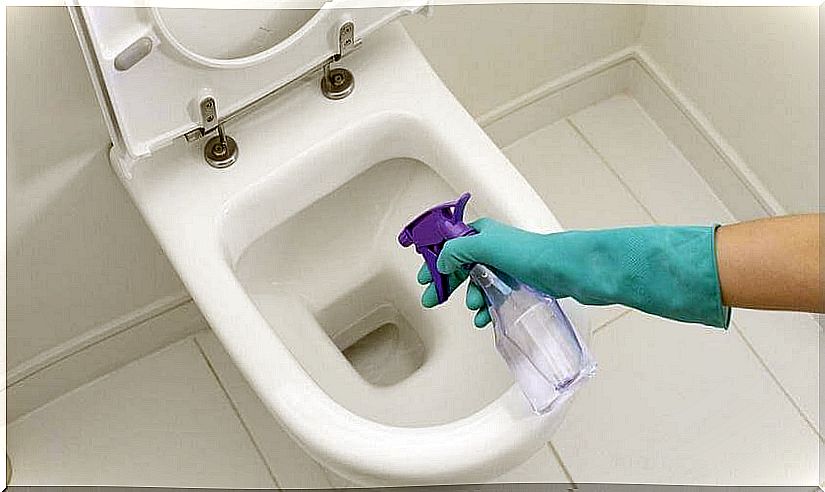
Beyond the precautions that we previously recommended, white vinegar offers certain advantages when cleaning the home. Some of the surfaces that you can clean with this ingredient are:
- Wooden furniture
- All components of the bathroom: toilet, bathtub, faucets, sinks
- You can also remove rust from tools and parts
- Disinfect the fridge
- Clean mirrors
In conclusion, white vinegar can be a great ally for cleaning, or a double-edged sword with irreversible results. With some information and paying attention to the material of each object you want to clean, you can avoid mistakes that will not be reversed.
